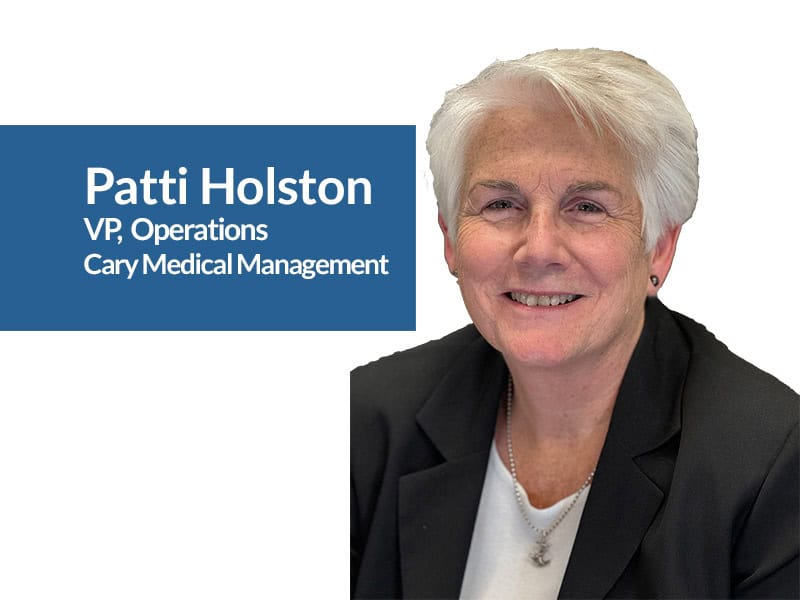Value Based Payment Models: 5 Key Strategies for Success
Value-based payment models are rapidly becoming the standard for ensuring quality care and cost efficiency. Is your organization ready?

In the dynamic landscape of healthcare, value-based payment models are rapidly becoming the standard for ensuring quality care and cost efficiency. As organizations transition from fee-for-service to value-based care, it’s crucial to adopt strategies that enhance patient outcomes and maintain financial viability. This blog post delves into five essential strategies for success in value-based payment models. You’ll gain insights on how to leverage comprehensive data exchange, effective care coordination, precise risk assessment, optimized referral networks, and rigorous quality management. By mastering these key elements, healthcare providers can navigate the complexities of value-based care and achieve sustainable success.
Leverage Your Health Information Exchange
Health Information Exchanges (HIEs) have spent the past fifteen years diligently aggregating patient data and promoting data sharing across healthcare settings. However, this data often remains underutilized. The primary challenge is the sheer volume of information, making it time-consuming to sift through and identify the crucial details.
Here’s the secret to fully leverage an HIE: ensure the integration can automatically parse the entire volume of data and distill it down to what’s important. Here are two examples that can have a big impact:
Admission Discharge Transfer (ADT)
Most HIEs now facilitate the exchange of admit, discharge, and transfer (ADT) messages between providers. This is a significant benefit of state HIEs. For example, primary care providers often don’t know about a patient’s hospitalization until after discharge, leading to higher readmission rates and reduced community engagement. Leveraging ADT information from an HIE is one way to address this challenge. For example, one of our Managed Service Organization (MSO) customers has leveraged Smartlink to integrate their transitional care management system (TCM) with the North Carolina HIE, (NC HealthConnex) and its NC*Notify system. Now their care management team automatically receives ADTs and discharge summaries within the TCM system, allowing for high-touch patient engagement and management during critical times, without the operational overhead of manually checking ADT feeds.
Risk and Care Gaps
Diagnoses from other providers and care settings, potential care gaps, and closed care gap data may all be available in your state HIE. By automatically parsing this data and providing it within the EHR encounter, providers can risk adjust and close care gaps more efficiently.
Provide Care Management
Managing your high acuity patients between visits is critical under value-based care. Leveraging Medicare’s Fee-for-Service (FFS) programs is the best starting point: Chronic Care Management (CCM), Transitional Care Management (TCM) and Behavioral Health Integration (BHI) and Collaborative Care (CoCM) programs can all have a significant impact. These programs also provide significant financial benefits to healthcare practices. By aligning with value-based care principles and improving patient outcomes, practices can achieve financial stability and thrive in an evolving healthcare landscape.
Create a High Value Referral Network
Not all healthcare is created equal. Both the cost and quality of care can vary widely across disparate organizations. For example, the likelihood of complications, readmissions, and mortality can vary greatly between surgeons. Procedures like CT scans or infusion services are significantly less expensive outside the hospital setting. Guiding patients to the highest quality care at the lowest cost has proven to be one of the most crucial strategies in value-based payment models.
High-value referral networks also ensure seamless communication between primary care providers, specialists, and other healthcare professionals, reducing gaps in care and preventing redundant tests and procedures. Many healthcare organizations leverage referral management platforms such as Infina Connect to coordinate care within high value referral networks and ensure patients don’t fall through the cracks.
Quality Measurement
Peter Drucker’s famous quote, “What gets measured gets managed,” holds true in healthcare. Effective quality measurement is foundational to the success of value-based care. Healthcare organizations can enhance patient outcomes and realize the full potential of value-based care by implementing the following five actions:
- Identifying care gaps
- Screening for undiagnosed diseases
- Integrating data sources
- Using standardized quality metrics
- Continuously improving care processes
Underpinning all of this is the ability to extract ‘meaningful’ data from EHRs. There are over 500 different EHR vendors and varying interpretations of interoperability standards. As such, it’s critical to leverage an integration partner that can overcome vendor specific limitations and ensure you can access all of the data that you need.
Automate Manual Risk Adjustment Workflows
Accurate risk adjustment ensures fair compensation, accurate performance assessment, and effective care management. By coaching providers on how to risk adjust appropriately, you can improve risk management and generate shared savings and incentives.
Ensuring that providers have the necessary data at the point of care for accurate risk assessment can be difficult due to the relevant information residing in separate systems like analytics platforms or payer portals. Accessing this data typically involves manual effort for clinics and providers. Solutions such as DxInsight that automatically provide potential diagnosis gaps within the EHR patient encounter can have a significant impact on the accuracy of risk adjustment.
Navigating the complexities of value-based payment models requires healthcare organizations to adopt a multifaceted approach that integrates Health Information Exchanges (HIEs), care management, risk adjustment, high-value referral networks, and quality management. These strategies work synergistically to enhance patient care, optimize resource utilization, and ensure financial sustainability. By leveraging HIEs for seamless data exchange, implementing robust care management protocols, accurately adjusting for patient risk, fostering high-value referral networks, and maintaining rigorous quality management standards, organizations can not only meet but exceed the demands of value-based care, ultimately driving improved outcomes and cost efficiencies.
Ginny Mahaney MBA, Chief Commercial Officer
Table of Contents




